Tokyo Art and Koizumi Kishio (1893-1945)
Lee Jay Walker
Modern Tokyo Times
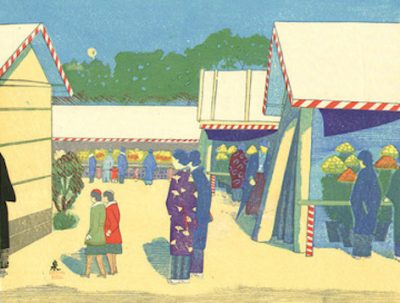
The Japanese artist Koizumi Kishio (1893-1945) was born during the dynamic Meiji Period. He witnessed modernity, the onset of nationalism, and the destruction of the Pacific War.
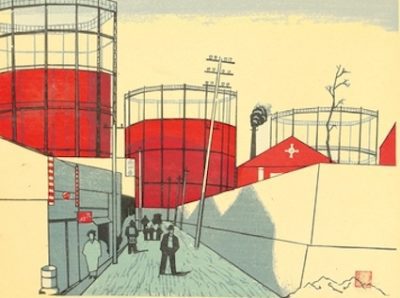
Like vast numbers of people, Koizumi fled Tokyo when America began to carpet bomb this city. Accordingly, his death in 1945 was a sad end to his life (not knowing the future of Japan).
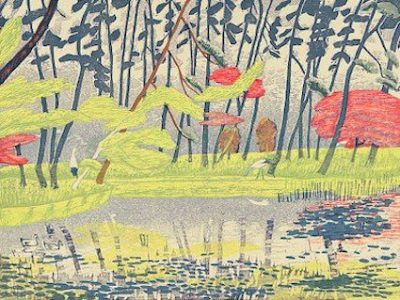
The British Museum says, “He is best known for his series ‘Showa dai Tokyo hyakkei zue’ (One Hundred Views of Great Tokyo in the Showa Era)... He was forced to leave Tokyo by the Pacific War, and died in Saitama in 1945 before he could return.”
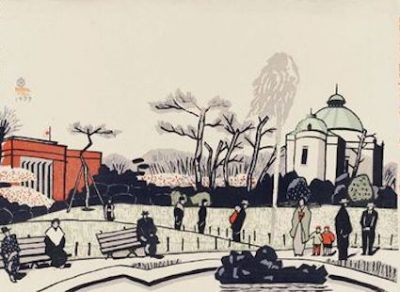
Koizumi was taught the intricacies of Western watercolors in Tokyo by Ishi Hakutei (1882-1958) and Maruyama Banka (1867-1942). This took part at the Japan Watercolor Institute (Nihon Suisaiga-kai).
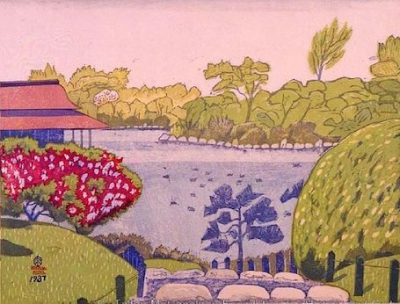
Overall, Koizumi is known for creating stunning sosaku hanga (creative prints) prints throughout his artistic lifetime.

Modern Tokyo News is part of the Modern Tokyo Times group
http://moderntokyotimes.com Modern Tokyo Times – International News and Japan News
http://sawakoart.com – Sawako Utsumi and her website – Modern Tokyo Times artist
https://moderntokyonews.com Modern Tokyo News – Tokyo News and International News
PLEASE JOIN ON TWITTER
https://twitter.com/MTT_News Modern Tokyo Times
PLEASE JOIN ON FACEBOOK